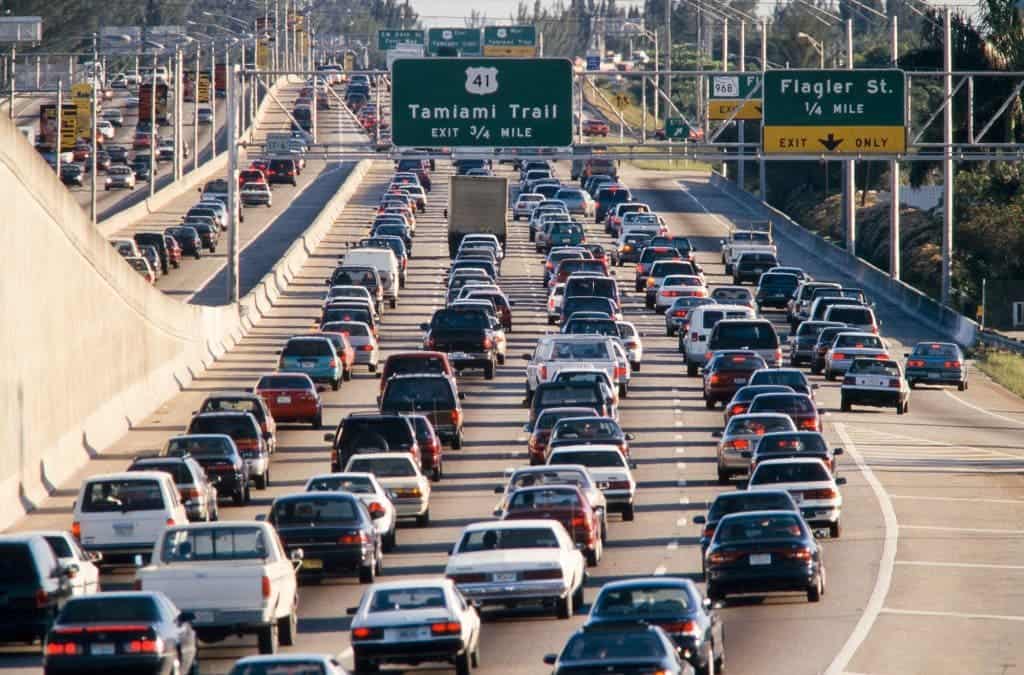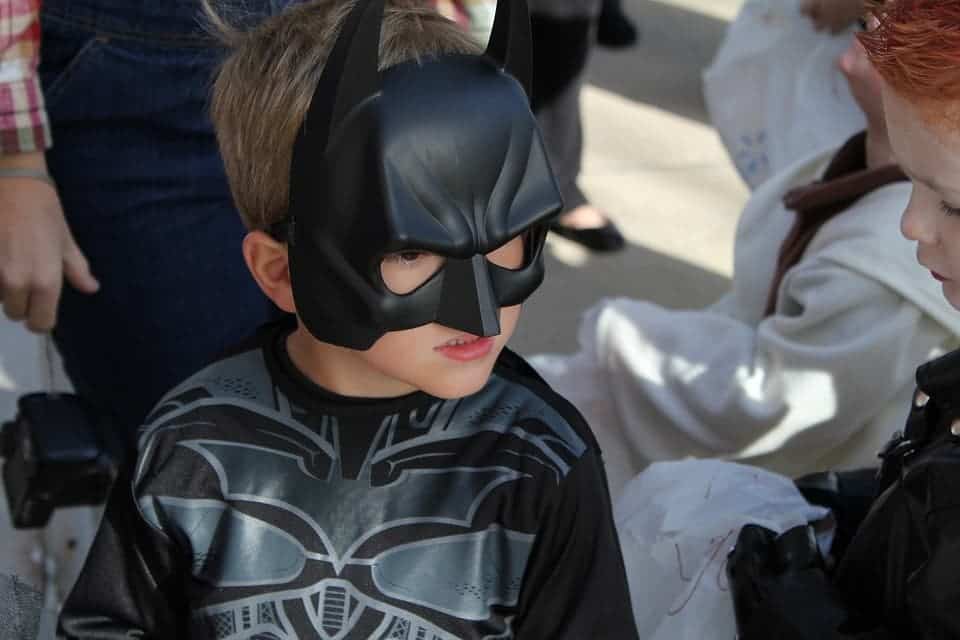
Tom Vanderbilt, journalist, blogger, and author of the best-selling book, Traffic gave an awesome 20 minute presentation on why traffic jams happen, and why it’s our fault for rush hour traffic.
“[T]he individual driver cannot often understand the larger traffic system,” says Vanderbilt.
The video is definitely worth the watch, but I’ve plucked some of the most interesting points on what’s going on and how it can maybe be solved.
There’s too many cars and not enough road – yeah, this is a pretty ‘Captain Obvious’ thing, but it has to be said before we move onto why it’s mostly our fault. The solution: it’s not about building more roads, but about people using less cars; relying more on public transit would be nice, though the number of cars is not really expected to drop in the nearby future.
People can’t maintain a steady speed. The human inability to maintain a steady, constant speed on the road is responsible for a lot of congestion; this inability has been proven by Japanese researchers, when they asked people to drive constantly in a circle. Jams started appearing out of nowhere, people started braking eratically and everything went to hell.
“You’re not driving into a traffic jam,” says Vanderbilt. “A traffic jam is basically driving into you.” He thinks autonomous cars will reduce this problem considerably.
Self driving cars (which are already legalized in California) could work wonders here, and they could even communicate with each other, keeping a steady, constant distance between themselves – something which humans can’t do, apparently.
We’re also bad when it comes to doing the zipper merge. You’re driving on one of the two lanes, when there’s work in progress on one of them (or they just simply merge); humans are really bad, when it comes to doing this – especially Americans. American drivers typically merge into the right lane as soon as possible and form one long line, probably because they think it’s bad manners to wait until the last moment or because they think they won’t be allowed by other cars to merge late. In fact, says Vanderbilt, traffic would be much better if cars merged at the very end, like one big zipper. This would be safer, quicker, and would reduce road rage (which is continuously growing).
People don’t want to use mass transportation
Vanderbilt’s studies showed that if only 1% of all drivers would use mass transportation, the rest of them would reach their destination almot 20% faster (the 1% would get home faster as well). Even though they hate driving in traffic, even though it’s more expensive and slow, people still want to drive their cars – this is called the ‘car effect’.
“You can’t just assume that as bad as traffic gets that people are automatically going to migrate to mass transportation,” says Vanderbilt.
Some people exhibit driver’s courtesy, some people just take advantage. Self-driving cars could also greatly improve this aspect of driving. Studies have shown some remarkable characteristics of driving, like for example how older drivers are more likely to stop for others. People are more likely to violate traffic rules the closer they are to home — a “familiarity effect.” Also, people tend to drive more closely to bicyclists when they are wearing helmets. Drivers of more expensive cars are more likely to honk in traffic, etc. All these are things we do almost unconsciously, but which all negatively contribute to traffic.
Via The Atlantic Cities






